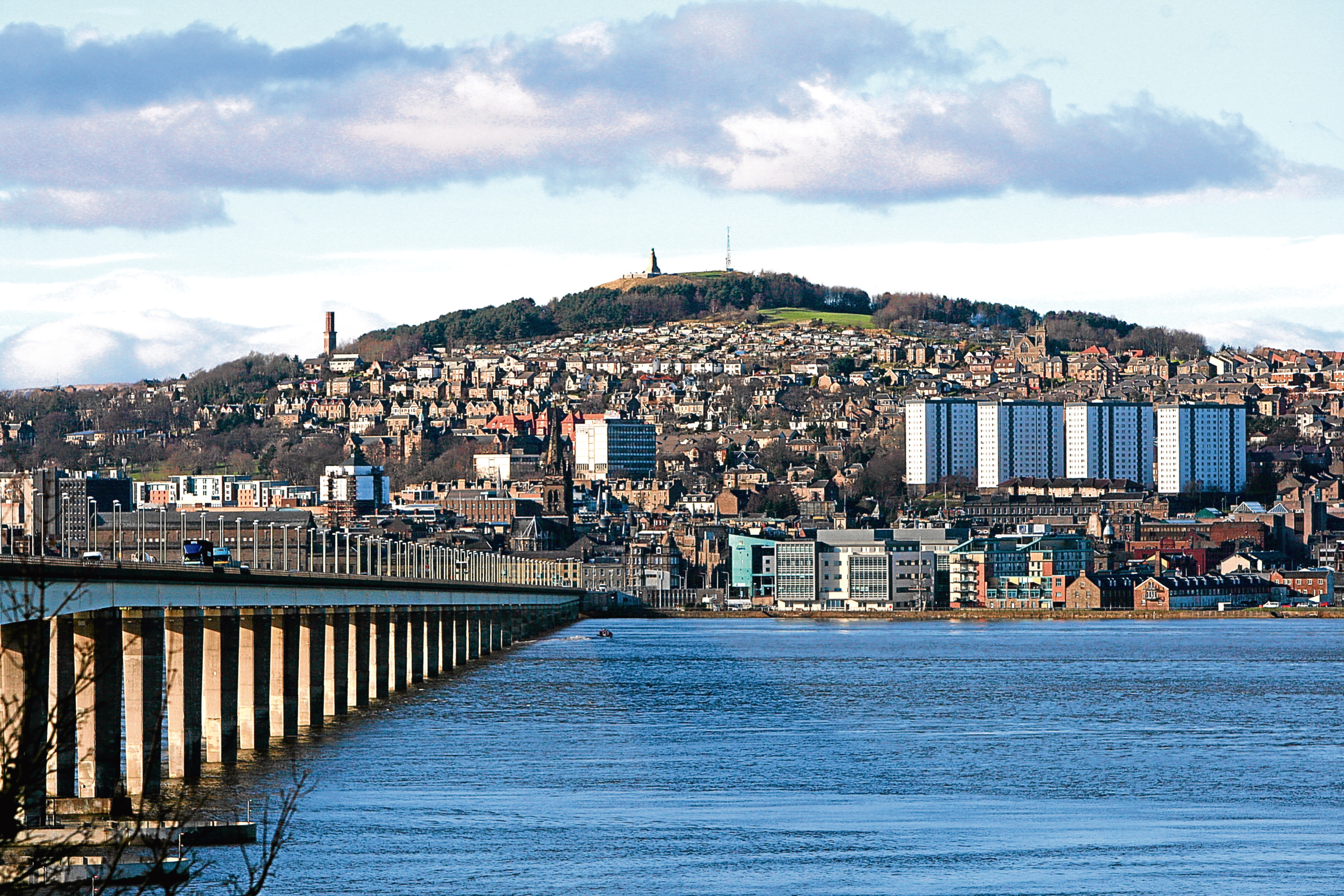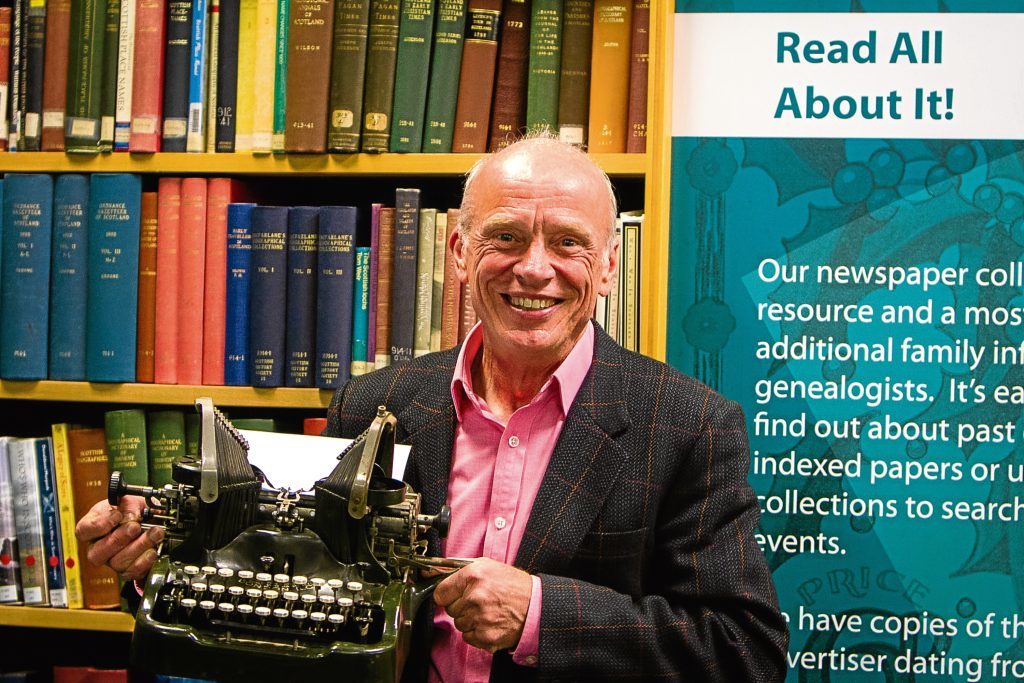
THESE are exciting times for Dundee, described in The Wall Street Journal as one of the world’s hottest destinations, with the £80m V&A Museum set to open next year on the waterfront.
Author Norman Watson told Murray Scougall the Honest Truth about the City of Discovery.
What is your background?
I spent 25 years as a writer on the Dundee Courier and I’m now the DC Thomson company historian.
Despite 5000 news articles I’m probably better known for missing deadlines, forgetting appointments, being sued, locked up, thrown out of countries, getting caught up in a coup… and once being birched by the KGB!
Why did you decide to write a book about Dundee?
From the changing landscape to the stunning improvements at the waterfront, Dundee has been transformed. So it was a pleasure and an honour to offer a new history of this great city.
How does the city’s story begin?
Dundee was stunningly positioned to be occupied, settled and founded from the earliest times. It offered a sheltered harbour, the narrowest crossing point of the Firth of Tay and a fertile hinterland.
But Dundee: A Short History offers new evidence that the settlement began not in the Seagate but around a market place between the present-day High Street and City Square.
What most surprised you while researching the book?
Probably uncovering Dundee’s hitherto unpublished links to the slave trade. In the pre-jute era, vast quantities of Dundee linen was used to clothe slaves. Ships began sailing directly to the slave capitals of Savannah, New Orleans, Mobile and Charleston with cargos of cheap, coarse cloth to be stitched together in situ for the loose-fitting outer garments slaves used on plantations.
Who are some of your favourite characters from Dundee’s past?
Too many to mention, but I admire three-times jailed Mary Brooksbank who made the transition from communist firebrand to gentle mill poet. Also James Chalmers, the Castle Street printer and postal reformer who came up with the idea of a town postmark on stamps, later adopted throughout the world.
Who were the local sisters who terrorised Winston Churchill?
Due to the looming presence of two arch anti-suffragists – the city’s MP Winston Churchill and Prime Minister Herbert Asquith, the MP for East Fife – Dundee became a centre of militancy and the scene of the first large-scale suffragette demonstration in Scotland in 1907.
It was the location for some of the UK’s most violent confrontations, and Winston Churchill was hounded – on one occasion holding a meeting in a shed to avoid the suffragettes!
Is Dundee compared fairly to Scotland’s other major cities?
More so now than previously. Without naming names, some central belt newspapers ignored Dundee’s good news to follow one another with cut-and-paste stories of post-jute decline, unemployment and community desolation.
Dundee’s astonishing transformation means these critical headlines have been set aside in media cutting rooms.
This is an updated version of the book – what has gone on in the city since the 2006 first edition?
It’s chalk and cheese – a reinvented city of exciting new buildings, award-winning universities, a citadel of science and new industries in a community anchored by the £1billion waterfront regeneration.
Is its future bright?
Dundee attracted Paxton for its parks, Telford for its docks, Adam for its town house and a museum that anywhere in the world would have welcomed – so don’t say we can’t become one of Europe’s great small cities. Buckle up for the journey!
Dundee: A Short History is out now from Black & White Publishing.

Enjoy the convenience of having The Sunday Post delivered as a digital ePaper straight to your smartphone, tablet or computer.
Subscribe for only £5.49 a month and enjoy all the benefits of the printed paper as a digital replica.
Subscribe